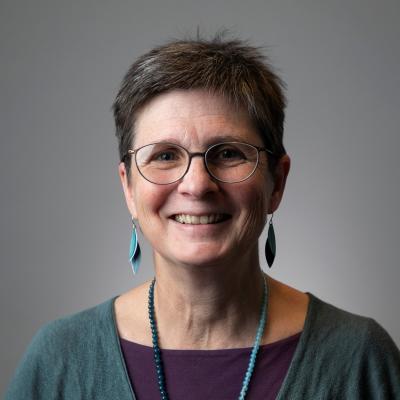Improving equity in healthcare through innovation
14 October 2013

Visiting The LV Prasad Eye Institute (LVPEI) in Hyderabad as part of the IPIHD study tour, I was expecting to see something along the lines of Aravind's high volume, high quality and low cost cataract care. I expected to be impressed but I was less sure whether there would be lessons for the NHS with its responsibility for comprehensive coverage. I couldn't have been more wrong.
While LVPEI shares many things with Aravind – a driving commitment to meet the needs of some of the poorest areas of India – it has some significantly different objectives and a very different delivery model.
LVPEI’s mission is to provide equitable and efficient eye care to all sections of society. This means both providing comprehensive services and intervening as early as possible. They have created an innovative integrated care pathway which starts deep in local communities and runs through to some of the most advanced tertiary care you could expect to see anywhere in the world.
Using a 'pyramid' model, at the first level are Vision Guardians – volunteers (postmen, teachers etc) who’ve had some basic training to detect eye problems in their local community and encourage people to access primary services in Vision Centres. Here people receive basic care or, if appropriate, are referred through to the next level. In total there are five levels, with the Eye Institute providing the most complex care.
Like Narayana Health, no-one is turned away because they can't pay, but LVPEI have a different payment model. They offer four packages of care: free, standard, special and deluxe. Anyone can opt for the free care but for those able to pay there is a cross subsidy built in. For every paying patient, LVPEI can fund two non-paying patients. This is explicit and people understand they are making a philanthropic contribution.
So, does this mean that some people are getting better care than others? No. As CEO Dr G Chandra Sekhar said, if you get on a plane you get to the same destination, with the same pilot and engine, regardless of whether you sit at the front or the back. The same is true here – everyone gets the same clinical quality of care.
Interestingly, this model of cross subsidy is to everyone's benefit. Those able to pay benefit from the reduced costs and greater specialisation that the larger volumes can support – something inherent to the NHS’s taxpayer funded model which perhaps we sometimes forget.
The importance of supporting patients in their own care is also evident. How many hospitals in the UK can boast 45 patient education videos for their ophthalmic care, ranging from 'Cataract: Diagnosis, Treatment and Aftercare' to 'Cricket Ball Injuries and the Eye'?
Like all the places we’ve visited, the concept of quality improvement is a given and at LVPEI they have one of the best improvement systems I’ve seen.
Everyone is encouraged to take responsibility for the quality of the care, from security guards to surgeons. Data is routinely collected against 64 metrics, and run charts are reviewed regularly to identify any trends and areas for improvement.
A real moment of authenticity was when their Head of Quality presented run charts showing their unplanned returns to theatre suddenly increasing but then provided an explanation of the causes and the actions taken to get things back on track.
If this wasn't enough, it was perhaps their research programme – funded through external funding and their own Foundation – that puts LVPEI in a different place. Their research runs alongside their pathway of care.
At Hyderabad we saw stem cell research, innovation in devices and surgical technique development. At their community HQ we saw impressive population health research, as well as studies looking at their delivery models. Their approach to prevention is to look not only into the causes of blindness, but the 'causes of the causes' of blindness.
They deliberately ensure links between their bench scientists and their clinical teams, defining the research they work on in the lab by observing the problems that patients are facing – ‘bedside to bench and back to bedside’. So despite holding many prestigious international basic science research awards, this couldn't be further away from an ivory tower.
Like Narayana however, one of the greatest lessons lay not in what they do, but in how they think.
The scale of inequity in access to healthcare in India is hard to comprehend from a European perspective. 30 million people in India are in poverty because of healthcare costs, so improving equity is a driving mission. Where we see more spending as the solution to inequity in healthcare in the UK, in India this is not an option. Improving equity comes down to innovating in their service delivery model and relentlessly removing waste.
In the words of Dr G Chandra Sekhar: 'Excellence is a path not a destination'. From what I saw, LVPEI are beating some tracks we could do well to follow.
Jo is Director of Strategy at the Health Founation, www.twitter.com/jobibbythf
Work with us
We look for talented and passionate individuals as everyone at the Health Foundation has an important role to play.
View current vacanciesThe Q community
Q is an initiative connecting people with improvement expertise across the UK.
Find out more

